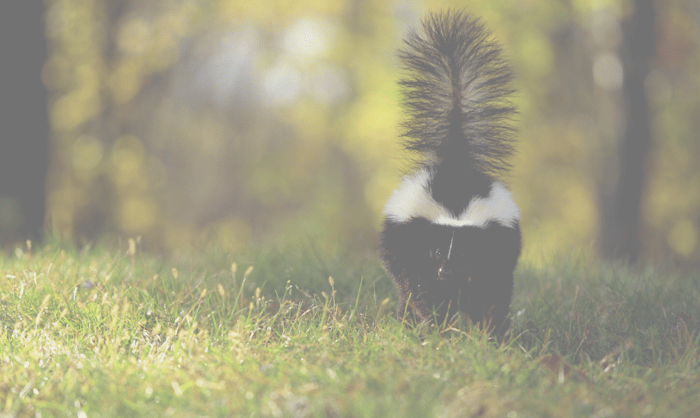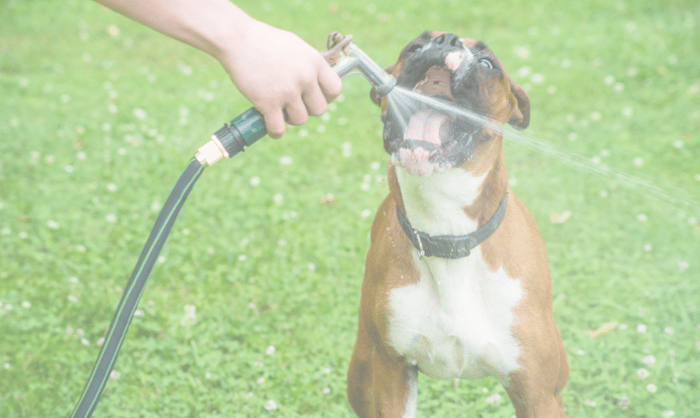For some of us, springtime means itchy eyes, sniffling, and sneezing. Welcome to allergy season (ugh!). Unfortunately, this isn’t just a human thing. Our beloved dogs can get seasonal dog allergies, too.
Hayfever presents itself a little differently in our furry friends so it’s important to know which symptoms to look for. Luckily, like with human allergies, there are ways to manage dog allergies so your pup can feel happy and healthy all year round.
🌻13 symptoms of seasonal dog allergies
Has your dog been scratching non-stop? Or licking itself more than usual? Maybe you’ve noticed something weird going on with your puppy’s ears or eyes…
According to Dr. Jangi Bajwa, a veterinary dermatologist at VetDERM Clinic in Surrey, British Columbia, these are signs of environmental allergies in dogs — especially pollen allergies, which he says are most likely to pop up in spring, summer and fall.
Here are the 13 symptoms of environmental allergies in dogs that Dr. Bajwa says to look out for:
- Scratching
- Hives
- Excessive licking
- Puffy eyes
- Eye discharge
- Face licking
- Hair loss
- Red, stinky ears
- Head shaking
- Red, irritated Skin
- Sneezing
- Sensitive skin
Besides pollen, pets can also be allergic to plants, dust, dander, fleas, mold, cleaning products, food, cigarette smoke, rubber and plastic materials, prescription medication, fabrics, and more.
Plus, certain breeds are more prone to allergies than others. If you have a terrier, retriever, setter or any brachycephalic breed (like bulldogs and pugs), you’ll want to be extra mindful.
🐕How to treat for seasonal dog allergies
If you think your dog has seasonal allergies, bring him or her to the vet for a diagnosis.
Clinique Vétérinaire Beaubien says possible treatments include things like “immunotherapy (developed by the dermatologist), shampoo, fatty acids and even acupuncture.”
But there are also things you can do to treat your dog’s allergies at home! Grand Valley Vet recommends cleaning your pet’s bedding often and weekly baths.

It’s always a good idea to vacuum often to get rid of dust and other allergens that accumulate easily.
You can also try narrowing down the cause of the allergy. For example, if you think it could be a food allergy rather than a pollen allergy, you could switch to hypoallergenic dog food (and treats like healthybud’s hypoallergenic cod fish skins) and see if it helps!
Whether you’re a person or an animal, allergies are no fun. So, as you pop a Claritin, take a closer look at your four-legged family members because they may need some relief just like you.
Stay healthy, stay happy, stay curious #healthygang!
Lots of love,
- The healthybud team






